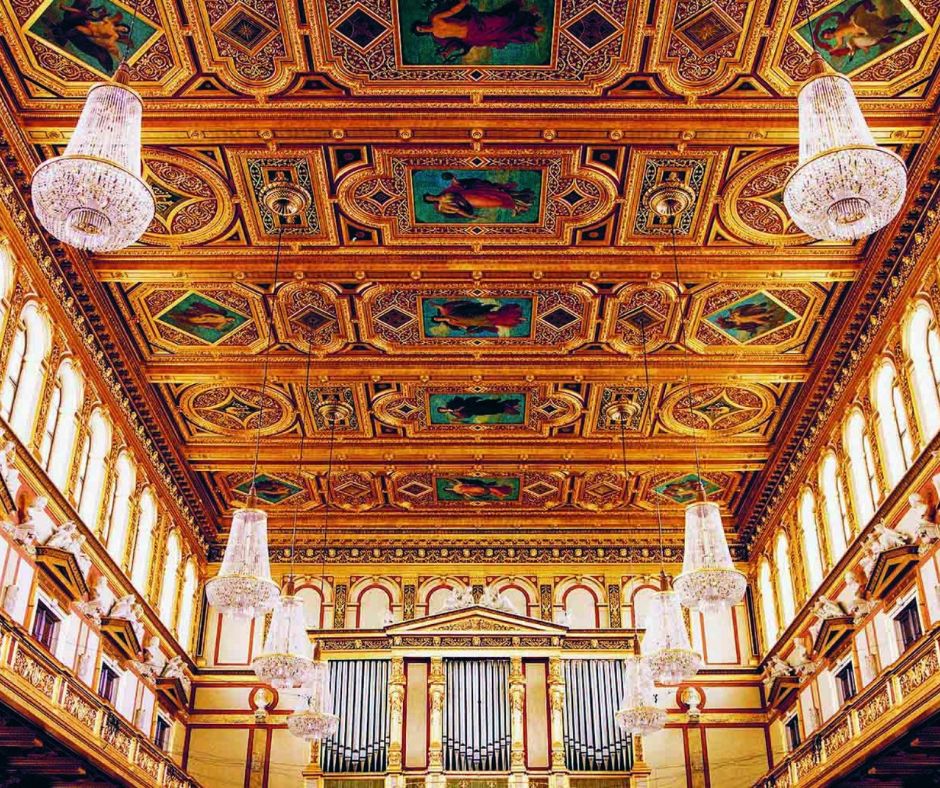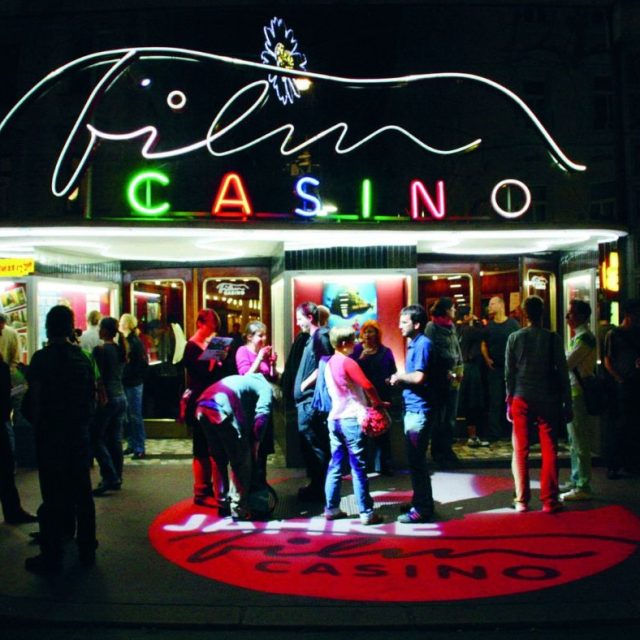Global Challenges, Local Solutions: Vienna’s vision for arts and culture
Austria’s capital is the country’s most populous city with nearly two million citizens and famous for its musical legacy and architectural grandeur

Cultural Heritage
Vienna, as the world’s largest metropolitan area partially located within a UNESCO designated Biosphere reserve and Europe’s 6th most populous city, boasts a ‘green belt’ that is as rich as its cultural heritage. Celebrated figures such as Mozart, Beethoven, Egon Schiele, and Gustav Klimt have shaped the modern cosmopolitan character of this city rooted in imperial history. Today, approximately 1.8 million residents from 180 different nationalities call Vienna home, marking a 12% increase since 2007, with a third of them lacking Austrian passports.
Vienna came into prominence at the crossroads of Europe, and that cultural legacy remains alive today within its historical palaces, opulent theatres, and vibrant café culture, coexisting with the newer cultural trends that shape the city. Recent years have seen the emergence of avant-garde performance venues and socially conscious art collectives, advocating for universal access to Vienna’s increasingly international art scene.
Embracing Change
With nearly 30% of its current residents born outside of Austria, Vienna has become an attractive destination for expatriates, owing to its robust public resources, engaged public, and overall quality of life (it was ranked the most liveable city out of 140 cities surveyed by The Economist’s 2018 Global Liveability Index).
Almost half of the city is designated as green space, encompassing nearly 1,000 state-maintained public parks. Vienna boasts over 1,300 kilometres of paved cycle paths, low carbon emissions, and a growing percentage of the population using public transit over private cars (almost 40% in 2017, compared to 30% in 1993). Cultural and leisure activities promoting mental stimulation and physical well-being are abundant, with over 50 museums, more than 26,000 theatre seats, and 167 sports facilities in 2017, with numerous others undergoing construction or renovation.

The Role of Policymaker
While Vienna is globally recognised as a pioneer in smart city development, it has faced significant challenges in the past quarter-century due to globalisation. These challenges include an increasingly diverse population, widening generational and cultural gaps, urban sprawl, a concentration of arts in the city centre, and strained budgets for cultural initiatives. The city has responded with strategic cultural policies and projects designed to evolve alongside these changes in the years to come. These initiatives prioritise universal accessibility to arts and culture as a central focus of Vienna’s future development.
The Future
The new challenges confronting Vienna in the 21st century have inspired an innovative and inclusive cultural agenda for the Austrian capital. The city’s cultural initiatives encompass both immediate actions and long-term strategies. These initiatives involve physical renovations of significant cultural venues, including the Volkstheater, as well as cultural strategies that span the next three decades. These long-term, multi-step plans underscore the city’s enduring commitment to improving the quality of life and cultural engagement for its diverse population, while upholding Vienna’s reputation as a leading smart city.
Images copyright © Getty Images / Canva




